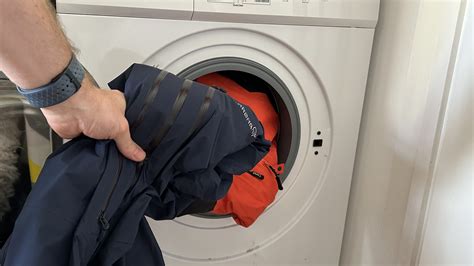Your trusty rain jacket keeps you dry on the trails, but over time, its performance can diminish. The culprit is often a worn-out Durable Water Repellent (DWR) coating, which is the first line of defense against moisture. When water stops beading up and starts soaking into the fabric, it’s time to reapply. Restoring your jacket’s DWR is a straightforward process that will extend its life and keep you comfortable in wet weather.
Understanding DWR and Why it Fails
DWR is a thin, invisible polymer coating applied to the outer fabric of waterproof-breathable garments. Its primary function is to make water bead up and roll off the surface, preventing the fabric from ‘wetting out.’ When the fabric wets out, it feels cold and clammy, and the jacket’s breathable membrane (like Gore-Tex) struggles to release internal moisture, making you feel damp even if the membrane isn’t leaking.
Over time, everyday wear and tear, dirt, body oils, sunscreen, insect repellent, and even detergents can degrade the DWR coating. This reduces its surface tension, causing water to spread out and saturate the fabric instead of beading up.
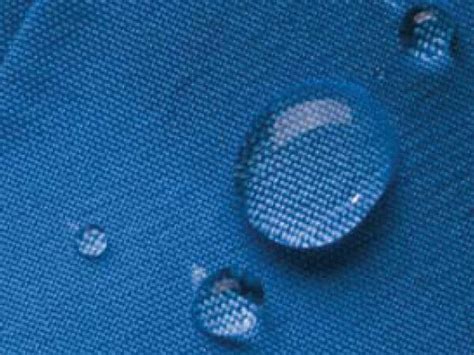
Preparing Your Jacket: The Crucial First Step
Before reapplying DWR, your jacket must be thoroughly cleaned. This is arguably the most important step, as dirt and oils prevent new DWR from bonding effectively. Ordinary laundry detergents can leave residues that further compromise DWR, so it’s essential to use a technical wash specifically designed for waterproof-breathable fabrics.
- Empty Pockets & Zip Up: Ensure all pockets are empty and zip up all zippers (main, pocket, pit zips). Close any Velcro fasteners.
- Wash Cycle: Follow the garment’s care instructions. Typically, you’ll wash the jacket on a gentle cycle with warm water.
- Use Technical Cleaner: Pour the recommended amount of DWR-safe cleaner (e.g., Nikwax Tech Wash, Granger’s Performance Wash) into your washing machine’s dispenser. Do not use fabric softener or bleach.
- Rinse Thoroughly: Run an extra rinse cycle to ensure all detergent residue is removed.
Some jackets might benefit from a second wash with the technical cleaner if they are particularly dirty or haven’t been washed in a long time.
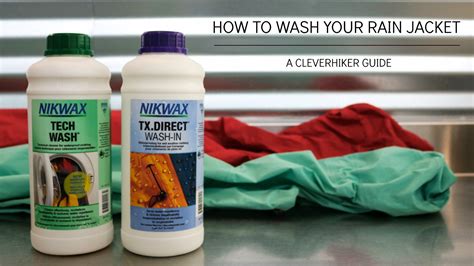
Choosing the Right DWR Treatment
There are two primary types of DWR reapplication products:
- Wash-in Treatments: These are added to your washing machine and treat the entire garment. They are excellent for restoring DWR evenly but can also treat the inner lining, potentially reducing its wicking properties.
- Spray-on Treatments: Applied directly to the outer fabric, these are ideal for spot treatments or when you only want to treat the exterior of the jacket to preserve the wicking ability of the liner. They require more effort for even coverage but offer more control.
Choose a product that is compatible with your jacket’s fabric and membrane (e.g., Gore-Tex, eVent, etc.). Brands like Nikwax, Granger’s, and McNett (Gear Aid) offer reliable options.
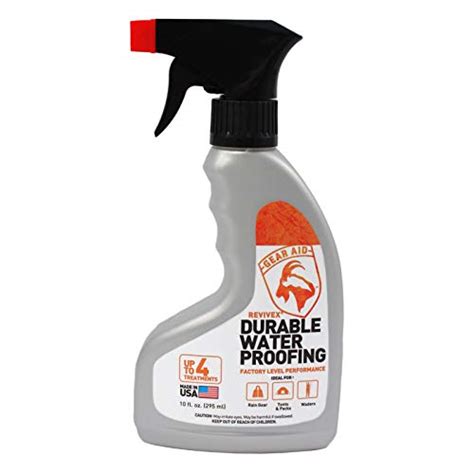
Step-by-Step DWR Reapplication Guide
For Wash-in Treatments:
- Load Jacket: Place the clean (but often still damp) jacket into the washing machine. You can usually treat one or two items at a time.
- Add Treatment: Pour the recommended amount of wash-in DWR solution into the detergent dispenser.
- Run Cycle: Select a delicate or permanent press cycle with warm water (check product instructions for specific temperature guidance).
- No Rinse: Do not run an extra rinse cycle after the DWR treatment.
For Spray-on Treatments:
- Hang Damp Jacket: Hang the clean, damp jacket on a hanger in a well-ventilated area.
- Spray Evenly: Hold the spray bottle 6-12 inches from the fabric and apply an even, liberal coating to the entire exterior surface. Pay extra attention to high-wear areas like shoulders and cuffs.
- Wipe Excess: Immediately wipe away any drips or excess DWR with a clean, damp cloth to prevent streaking or blotches. Ensure the product doesn’t pool in seams.
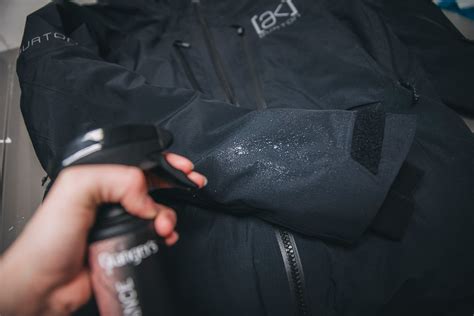
Activating and Maintaining Your DWR
Many modern DWR treatments, especially those containing fluorocarbons (PFCs), require heat to bond effectively and fully activate. Even PFC-free alternatives often benefit from heat.
- Tumble Dry: Place the jacket in a tumble dryer on a low to medium heat setting for about 20-30 minutes. Always check your jacket’s care label first; avoid high heat if not recommended.
- Ironing: If tumble drying isn’t an option or recommended, you can iron the jacket on a low, synthetic setting, placing a towel between the iron and the jacket for protection.
After treatment and heat activation, perform a water test. Sprinkle some water on the jacket; it should bead up and roll off. If not, repeat the process.
Tips for Longevity:
- Regular Cleaning: Wash your jacket regularly with technical cleaner to prevent dirt and oils from degrading the DWR.
- Spot Clean: For minor dirt, spot clean with a damp cloth.
- Proper Storage: Store your jacket clean and dry, ideally hanging, not compressed.
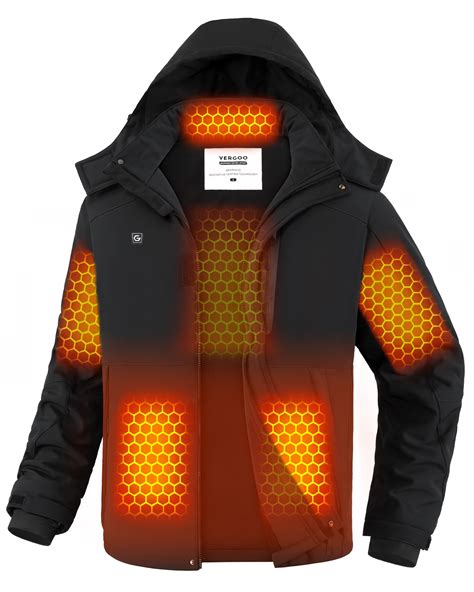
Conclusion
Reapplying DWR is a simple and effective way to revive your rain jacket’s performance, ensuring you stay dry and comfortable on all your outdoor adventures. By following these steps – thorough cleaning, choosing the right treatment, proper application, and heat activation – you can extend the life of your gear and maintain its waterproof prowess for many seasons to come.
